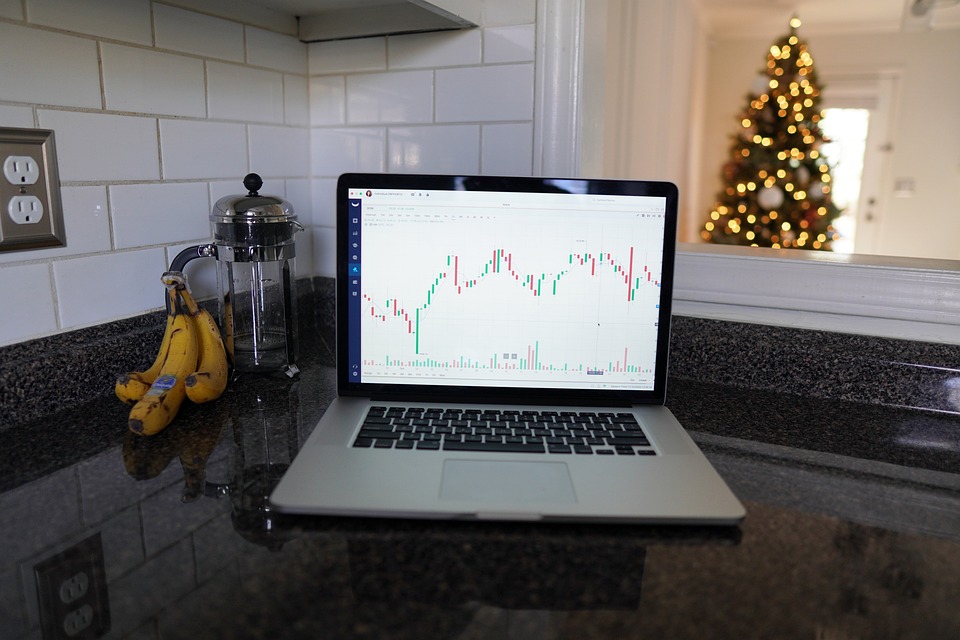Trading stocks in Australia can be an exciting and rewarding endeavor for investors looking to capitalize on the country’s vibrant economy and robust financial markets. With a strong regulatory environment and a diverse range of investment opportunities, Australia offers a wealth of options for traders seeking to build and grow their portfolios.
Overview of Stock Trading Opportunities in Australia:
Australia boasts a dynamic stock market, with the Australian Securities Exchange (ASX) serving as the primary exchange for trading stocks. The ASX is home to a wide variety of companies spanning various sectors, including mining, banking, technology, healthcare, and retail. This diversity allows traders to gain exposure to different industries and market segments, enabling them to diversify their portfolios and manage risk effectively.
Key Trading Strategies:
When trading stocks in Australia, investors can choose from a range of strategies based on their investment goals and risk tolerance. Some common strategies include day trading, swing trading, and long-term investing. Day traders aim to profit from short-term price fluctuations, while swing traders seek to capitalize on medium-term trends. Long-term investors, on the other hand, focus on buying and holding stocks for an extended period to benefit from long-term growth potential.
Current Market Trends:
In recent years, the Australian stock market has experienced volatility due to global economic uncertainties and geopolitical events. However, the market has shown resilience in the face of challenges, with sectors such as technology and resources outperforming others. As the country continues to recover from the impact of the COVID-19 pandemic, investors are closely monitoring market trends and adjusting their strategies accordingly to seize opportunities and mitigate risks.
Trading Platforms:
Trading stocks in Australia is made accessible through various online brokerage platforms, which offer tools and resources to help investors make informed decisions. Popular trading platforms include CommSec, IG Markets, and CMC Markets, which provide access to a wide range of financial products, real-time market data, and research reports. These platforms offer a user-friendly interface, allowing traders to execute trades efficiently and monitor their portfolios on-the-go.
Performance Metrics:
When evaluating the performance of stocks in Australia, investors can use a range of metrics to assess the financial health and growth potential of companies. Key performance metrics include earnings per share (EPS), price-to-earnings (P/E) ratio, and return on equity (ROE). These metrics help investors gauge the profitability, valuation, and efficiency of companies, guiding them in making sound investment decisions.
Market Analysis:
Conducting thorough market analysis is essential for successful stock trading in Australia. Traders can utilize technical analysis, fundamental analysis, and sentiment analysis to identify trends and patterns in the market. Technical analysis involves studying historical price data and chart patterns to predict future price movements, while fundamental analysis focuses on assessing the underlying financial health and performance of companies. Sentiment analysis involves analyzing market sentiment and investor behavior to gauge market sentiment and make informed trading decisions.
Trading Techniques:
Effective trading techniques can help investors maximize their returns and minimize risks when trading stocks in Australia. Some common techniques include trend following, contrarian investing, and momentum trading. Trend following involves identifying and following trends in the market to profit from upward or downward movements. Contrarian investing involves going against the prevailing market sentiment to capitalize on undervalued or overvalued stocks. Momentum trading involves trading based on the strength of an asset’s price movement, aiming to capture short-term gains from rapid price changes.
Portfolio Management:
Managing a diversified portfolio is crucial for successful stock trading in Australia. By spreading investments across different asset classes, sectors, and geographies, investors can reduce risk and increase their chances of achieving consistent returns. Portfolio management involves regularly monitoring and rebalancing the portfolio, adjusting asset allocations based on changing market conditions and investment objectives. Diversification helps protect against market volatility and economic downturns, ensuring a more stable and resilient investment portfolio.
Tips for Effective Stock Trading:
To succeed in trading stocks in Australia, investors should follow some key tips to enhance their trading performance and minimize risks. These tips include conducting thorough research, setting realistic goals, and managing risk effectively. By staying informed about market trends, company performance, and economic indicators, traders can make well-informed investment decisions. Setting clear investment goals and having a disciplined trading plan can help investors stay focused and avoid impulsive decisions. Additionally, managing risk by setting stop-loss orders, diversifying the portfolio, and using risk management tools can help protect capital and minimize losses.
Conclusion:
Trading stocks in Australia offers investors a wealth of opportunities to build wealth and achieve financial success. With a diverse range of investment options, trading strategies, and market analysis techniques, investors can navigate the Australian stock market effectively and capitalize on emerging trends. By leveraging trading platforms, performance metrics, and portfolio management strategies, investors can optimize their trading performance and achieve their investment goals. By following effective trading techniques, conducting thorough research, and implementing risk management practices, investors can enhance their trading skills and maximize their returns in the Australian stock market.



